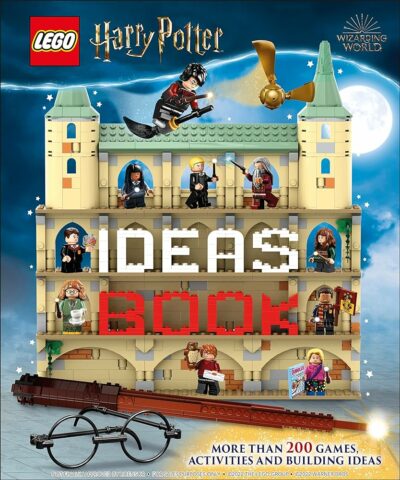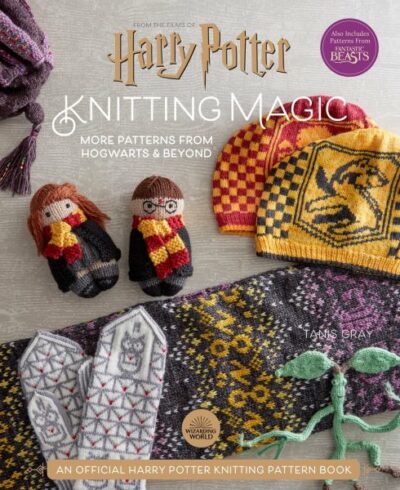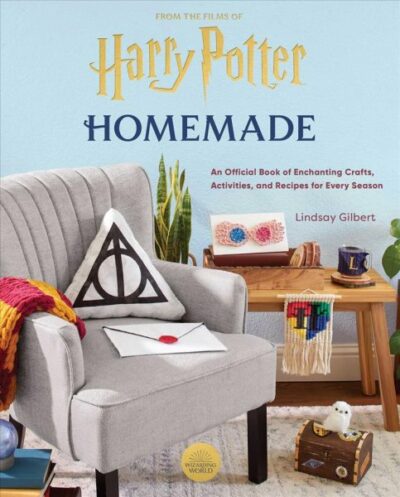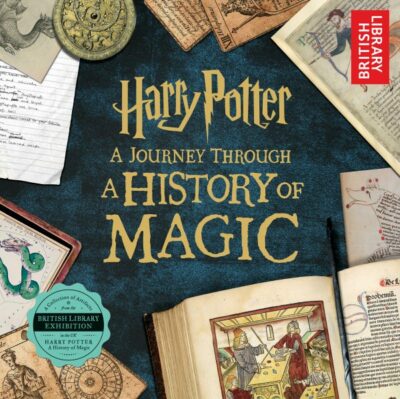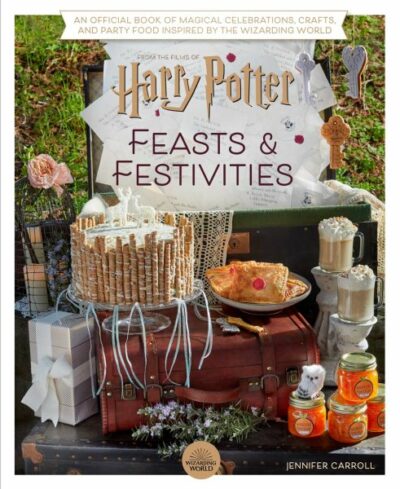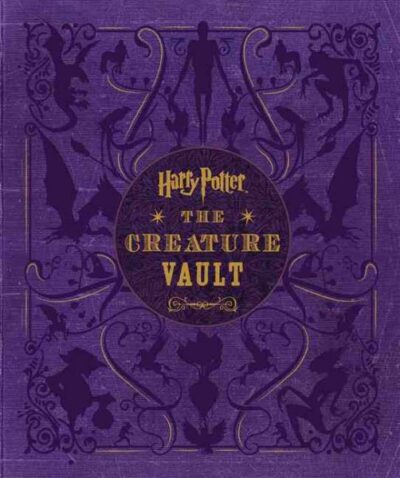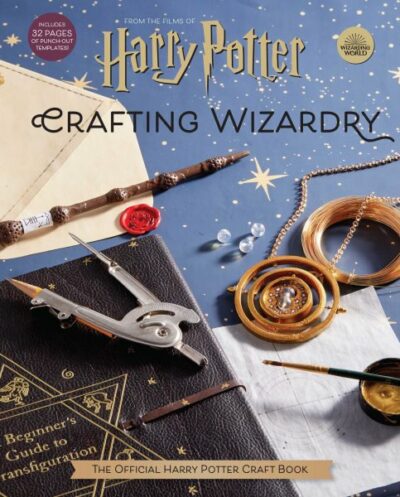Monday, October 23–Saturday, December 2
Explore the collections of the National Library of Medicine and discover Harry Potter’s world in this special traveling exhibit!
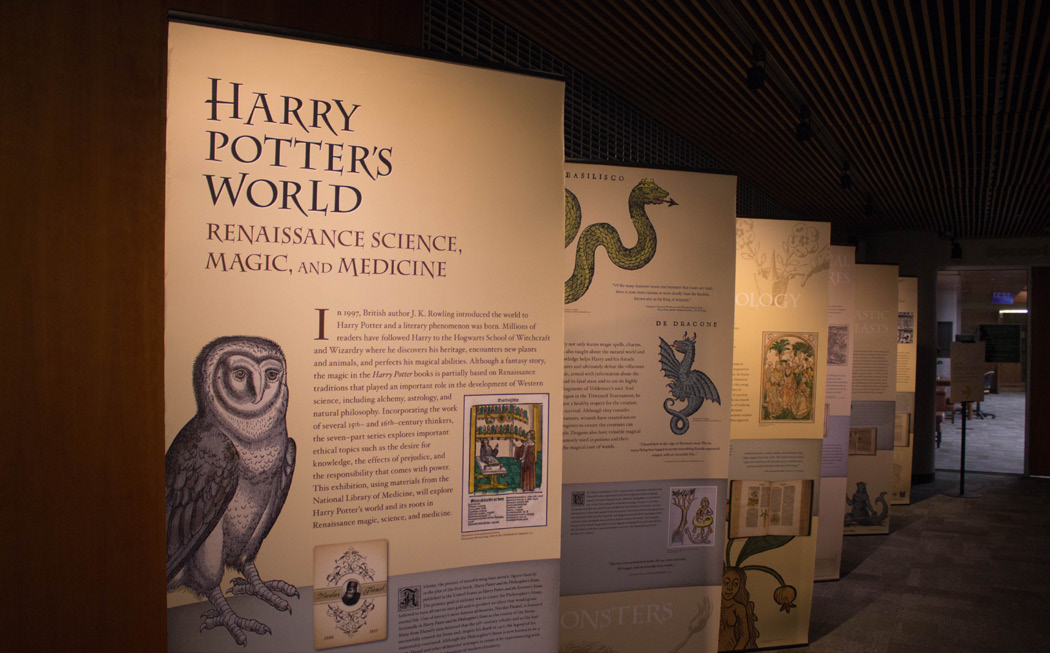
Although a fantasy story, the Harry Potter book series features magic that is partially based on Renaissance traditions. These traditions played an important role in the development of Western science, including alchemy, astrology, and natural philosophy. By incorporating the ideas of various 15th- and 16th-century thinkers, the series explores ethical topics such as the pursuit of knowledge, the impact of prejudice, and the responsibilities associated with power.
This free traveling exhibit will be on display on the 3rd floor during regular library operating hours.
If this topic interests you, you might also enjoy:
Spiritualism & Mourning in Victorian America
Monday, October 16, 7 p.m. (Zoom)
The Victorian era is remembered for elaborate rituals around death and mourning. Historian Valerie Gugala will discuss what was required of a newly bereaved family and talk about how Victorians attempted to contact the dead. (Adults)
Register for Spiritualism & Mourning in Victorian America
Zoom info will be sent an hour before the event.
A Deeper Dive into Renaissance Science, Magic and Medicine
by Debra Dudek, Adult and Teen Services Manager
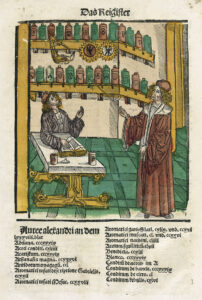 The Renaissance was a period of great change and innovation. The arts and culture flourished, and a large number of doctors and artists took a great interest in the human body, science and nature. The printing press revolutionized production and access to knowledge, and sharing information through the printed word exploded. The Harry Potter series tied the methods and materials generated from this era into its narrative. Our traveling exhibit will introduce you to human anatomy, plants, animals, and physical sciences and the primary source materials Rowling used in her best-selling series.
The Renaissance was a period of great change and innovation. The arts and culture flourished, and a large number of doctors and artists took a great interest in the human body, science and nature. The printing press revolutionized production and access to knowledge, and sharing information through the printed word exploded. The Harry Potter series tied the methods and materials generated from this era into its narrative. Our traveling exhibit will introduce you to human anatomy, plants, animals, and physical sciences and the primary source materials Rowling used in her best-selling series.
You can read more about records and resources from this exhibit on the National Library of Medicine website. Attention teachers and homeschool instructors! There are middle school and high school lesson plans and online activities available on this site as well! Don’t skip out on these resources. These are an excellent way to tie together concepts from the fiction series to early scientific exploration.
The traveling exhibit site provides a good list of original sources and digitized items. If you are interested in checking out additional Renaissance-era publications, here are a few suggestions:
- Alchemy
MS. Rawl. D. 893 Bodleian Library, Oxford, England
Symbolical representation of alchemical processes - De occulta Philosphia Libri Tres (Three books of occult philosophy) by Heinrich Cornelius Agrippa von Nettesheim
The books outline the four elements, astrology, Kabbalah, numerology, angels, names of God, the virtues and relationships with each other, as well as methods of utilizing these relationships and laws in medicine, scrying, alchemy, ceremonial magic, origins of what are from the Hebrew, Greek and Chaldean context.
Herbology
- Hortus Sanitatis (Garden of Health), published by Jakob Meydenbach University of Cambridge Digital Library
A natural history of plants along with their medicinal uses and modes of preparation - Ashmole 1431 – Bodleian Library, Oxford, England
11th-century herbal produced in Canterbury - Offt vnd vil habe ich by mir selbst betracht die wu[n]dersam werck des schepfers der natuer wie er am anbeginde dem hymel hait beschaffen vnd gezterer mit schonen leüchtenden sternen den er zů inflüssen in alles das vnder dem hymel ist krafft vnd macht geben hait. Published by Peter Schoeffer
An advanced German herbology manual with descriptions and images of plants and their uses
Science & Medicine
- La Metallique Transformation (The Metal Processing) by Nicolas Flamel
Early chemistry and earth sciences publication - A Human Body and the Astrological Signs that Govern it From Fasciculo de Medicina (Bundle of medicine) by Joannes de Ketham
Illustrations printed in color
Full Edition - Anatomia Collection: Anatomical Plates 1522-1867, University of Toronto
- Ashmole 370 – Bodleian Library, Oxford, England
Early 15th-century manuscript which contains medical and astrological treatises, including this lunar volvelle and “zodiacal man”
Animals & Nature
- Vogelbuch (Bird Book) by Conrad Gessner
Early studies and illustrations of birds - The Noble Lyfe & Natures of Man, of Bestes, Serpentys, Fowles & Fisshes yt be Moste Knowen by Laurence Andrew
Early encyclopedia of creatures living on the planet - Le Traictie des Bestes, Oyseaux, Poissons, Pierres Precieuses et Orines du Jardin de Sante by Jean de Cuba
Early study of creatures inhabiting Europe - Historiae Animalium (Studies on Animals) by Konrad Gesner
A history of animals based on observation and human interaction - Biodiversity Heritage Library Flickr Archive
Home to images and albums of science and nature studies ranging from the 1700s through the 1900s. The site contains color, grayscale, and sketch images. Highly recommended!
Reading Recommendations
Looking for more Potter history, crafts and activities to learn at home? Check out these books from our collection!

